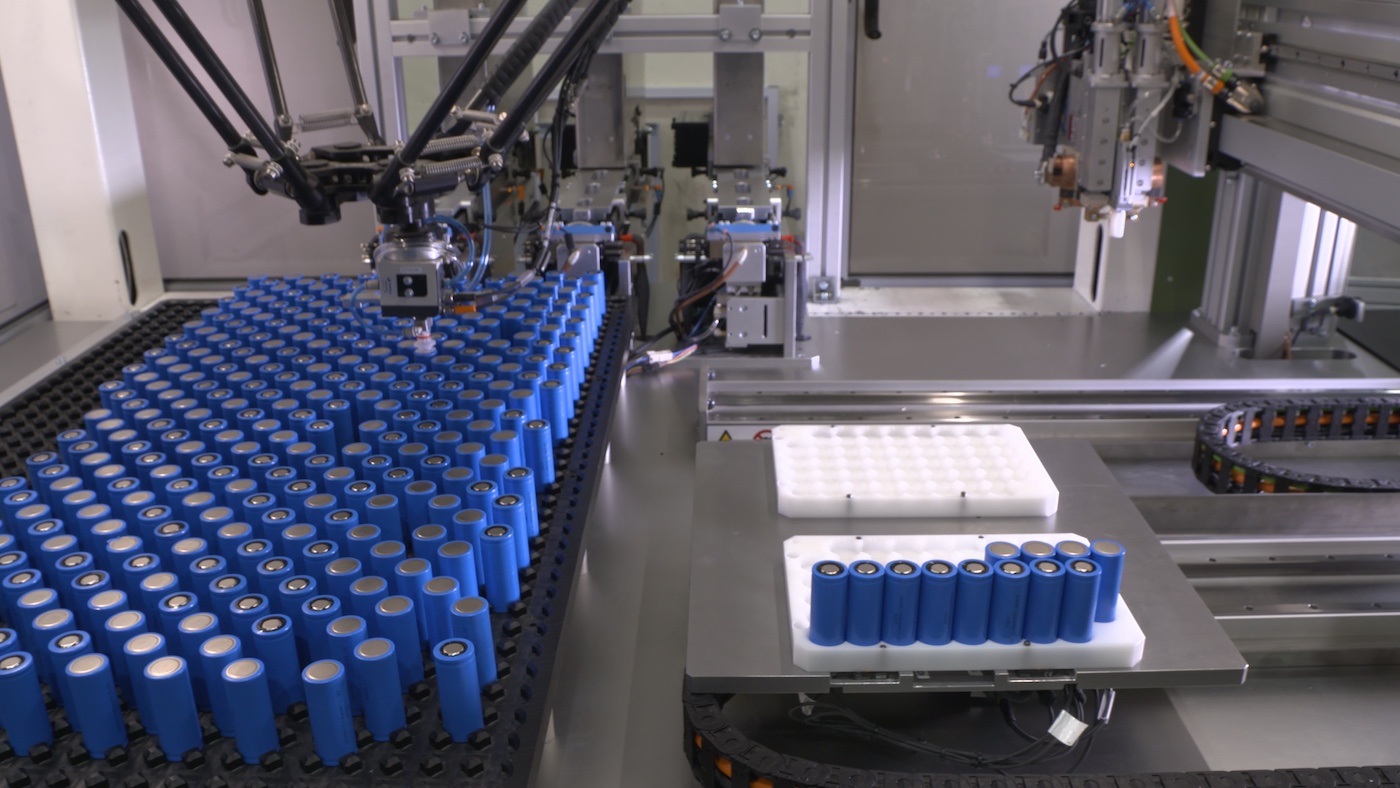Six new ways to boost battery energy density
Research processes to harness an oxygen redox reaction in certain cathode materials for lithium-ion batteries have been a success. Scientists in the UK developed a model to explain one of the challenges to harnessing an oxygen-redox reaction in certain cathode materials for lithium-ion batteries. Based on their improved understanding of the reaction, they suggest several possible routes for further research to avoid unwanted reactions and develop reversible, high energy density cathode materials.

However, when integrated into a battery, such cathode materials undergo irreversible structural changes upon the first charge, immediately reducing their subsequent voltage.
The mechanisms behind these structural changes have puzzled scientists and held the materials back from further development. With this in mind, the UK’s Faraday Institution set out to observe the structural changes to these cathodes in action.
Lithium-rich cathode materials have been an area of interest for scientists working in energy storage since the early 2000s. In these materials, an oxygen-redox reaction has been shown to store additional charge in oxide ions, as well as in the transition metal ions – potentially boosting the material’s storage capacity.
